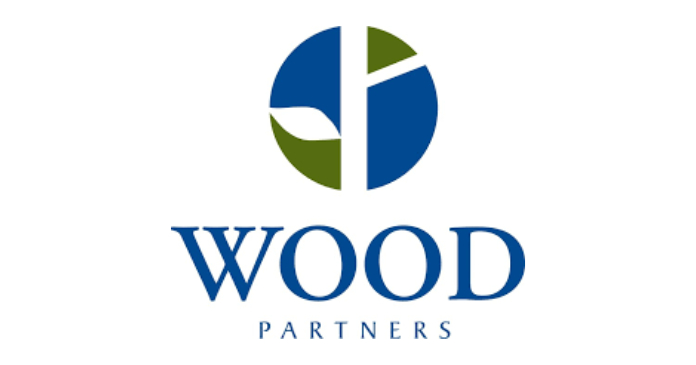Because of those short-term bets and strategic pivots, organizations are struggling to meet ever-changing customer needs, are challenged to drive margins, and find themselves vulnerable to non-traditional competitors and unattractive to potential employees. This confluence of forces has led 52 percent of the Fortune 500 to be acquired, merged, go bankrupt, or fall off the list since 2000.
Business leaders aren’t oblivious to this. We know it. We feel it. We all wonder why we insanely continue to do the same thing.
So what’s the problem? Why do we have such a hard time spurring more rapid growth?
First, look at how your organization allocates time and money to its various priorities. Most organizations follow what I call the business hierarchy of needs. Like Maslow’s hierarchy of needs for individuals, with safety and physiological needs (food, water, shelter) at the base and ego at the top, the business hierarchy of needs has five stages.
Let’s look at each stage, from top to bottom.
Brand: priorities focused on expanding the image and appeal of an organization’s outside perception including building connectedness.
Strategic differentiation: priorities that create game changing transformation or business model disruptions including the adoption of newer social enterprise apps or connected business solutions.
Sales and growth: priorities that drive top-line improvements.
Operational efficiency: priorities that drive business efficiencies including cost optimization, process transformation, and elimination of redundancy.
Regulatory compliance and controls: priorities that keep organizations from being sued, fired, or run out of business.
Unfortunately, the pyramid is the major barrier to new business growth because it allocates too much time to the low-value categories of regulatory compliance and operational efficiency.
Regulatory compliance is only at the base of the pyramid because it is mandatory, time-consuming, and complicated. The problem is that organizations can spend up to 20 percent of their efforts spinning their wheels just keeping up with the changes. This is way too much time, and it keeps organizations from using their resources on activities that add more value, or more differentiation from competitors.
The same goes for operational efficiency. If a task or process is mind numbing or too slow for a human to do, it’s time to operationalize these tasks. This automation will free up workers for training in higher-value jobs as well as reduce potential work injuries.
With that in mind, the goal should be to spend less time and effort on those categories, so you can free up resources for revenue growth, business model transformation, and brand because these are the business priorities that help organizations grow and compete. In other words, flip the pyramid.
So how can we do this?
In terms of regulation, if you can find a way to automate regulatory updates or consume them as a service through technology or business process outsourcing, you can free up time to focus on new product ideas or talent acquisition strategies. Any savings you can make on this front takes a big step in flipping the pyramid.
To achieve operational efficiency, if you drive technology stacks to the cloud, this will allow you to sell more quickly, which in turn will enable you to gain better insights, and to transform your business model if needed.
Areas with defined processes provide the greatest opportunity. At the business level, we can create shared services that automate repetitive tasks via technology. Organizations can expect automation and robotics to provide the first set of gains to achieve scale and a cost reduction advantage.
Future technologies such as artificial intelligence, machine learning, and cognitive computing hold even more opportunities for revenue growth and strategic differentiation The goals are to achieve mass personalization at scale in an intention driven design. So instead of just putting down hard and fast rules, the systems learn from pattern, and over time they not only predict what should happen next, but they also test for exceptions so they can anticipate future actions. Flipping the pyramid is the first step for leaders looking to kickstart growth at their companies.
Author: Ray Wang is principal analyst and CEO at Constellation Research and the author of Disrupting Digital Business: Create an Authentic Experience in the Peer-to-Peer Economy.
















